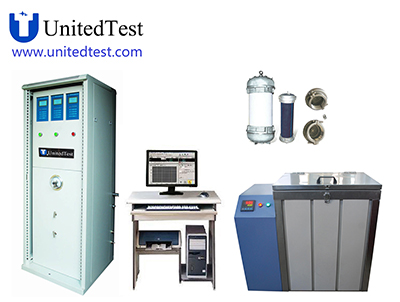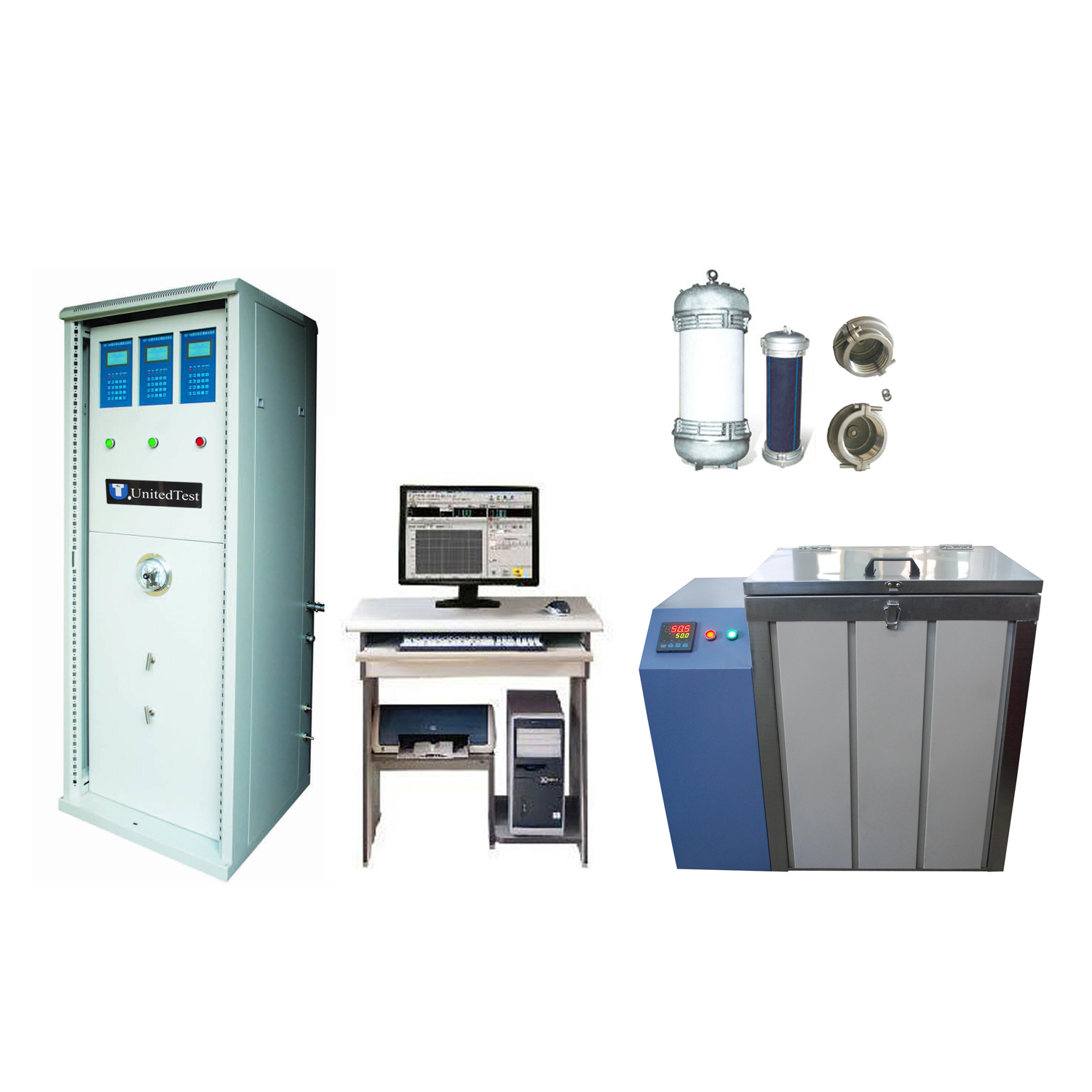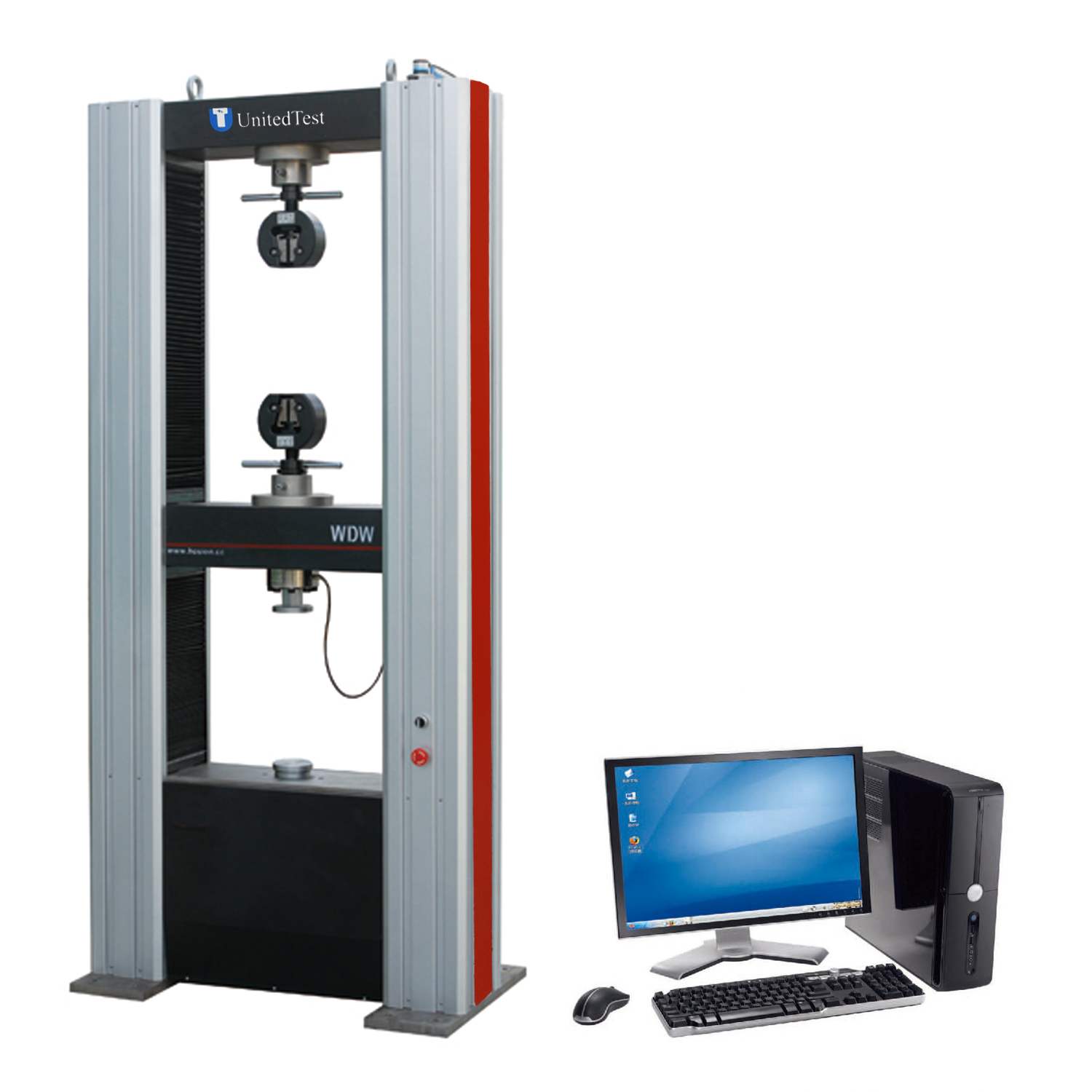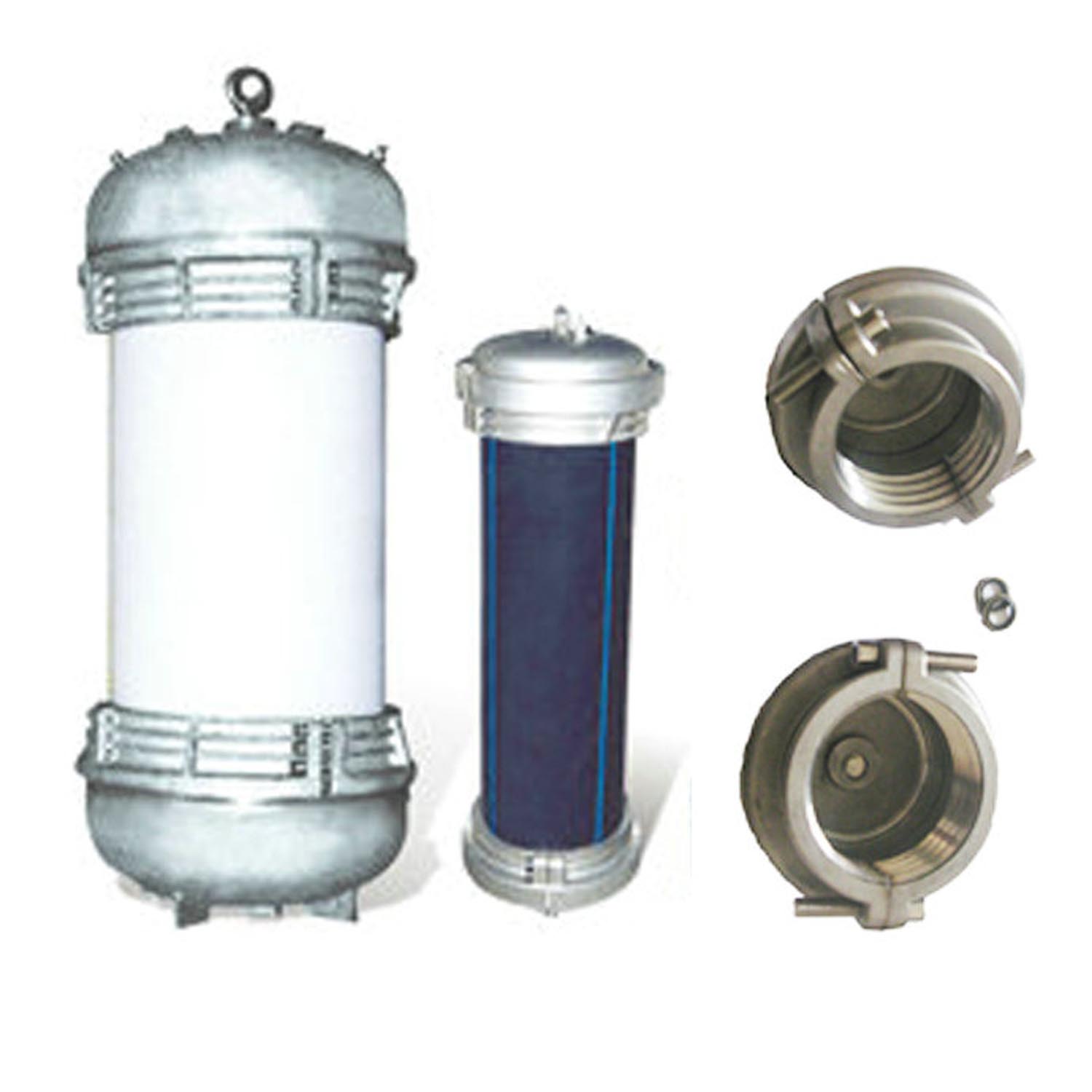ASTM D2241 Hydrostatic Pressure Test Burst pressure testing machine for PVC Pressure-Rated Plastic Pipe specification covers poly(vinyl chloride) (PVC) pipe made in standard thermoplastic pipe dimension ratios and pressure rated for water. Poly(vinyl chloride) plastics used to make pipe meeting the requirements of this specification are categorized in two criteria: short-term strength tests, and long-term strength tests. The products covered by this specification are intended for use with the distribution of pressurized liquids only, which are chemically compatible with the piping materials. The material shall conform to the required wall thickness, sustained pressure, burst pressure, flattening, extrusion quality, and impact resistance. It shall be subject to an accelerated regression test.
Advanced Hydrostatic Pressure Testing Service
ISO 9080 (MRS) Testing
Objective: Determine Minimum Required Strength (MRS) based on long-term hydrostatic strength at 20°C and 50 years.
Process: Rigorous hydrostatic pressure testing and regression analysis for precise classification of plastic pipes to ISO 9080 standards.
A complete evaluation includes hydrostatic pressure testing for generation of test data followed by regression analysis for determination of the long term hydrostatic strength, and finally classification of HDB (Hydrostatic Design Basis) or MRS (Minimum Required Strength).
MRS classification to ISO 9080 is based on the long-term hydrostatic strength at 20°C and 50 years.
HDB classification to ASTM D2837 / PPI TR-3 is based on the long-term hydrostatic strength at 73°F (23°C) and 100,000 hours.
ASTM D2837 / (HDB) Testing
Objective: Classify based on Hydrostatic Design Basis (HDB) using long-term hydrostatic strength at 73°F (23°C) and 100,000 hours.
Process: Hydrostatic pressure testing and regression analysis for compliance with ASTM D2837 and PPI TR-3 standards.
Standard Test Conditions
Temperature Variation: Tests conducted at 20°C, 60°C, 80°C for cold water/gas, and 20°C, 70°C, 95°C, 110°C for hot water. Fahrenheit temperatures used for ASTM standards. Material Diversity: Expertise in testing PE, PP, PB, PEX, PE-RT, PVC, PSu, and PA for a comprehensive evaluation.
High-Precision Measurement
Diverse Material Evaluation: Comprehensive Hydrostatic Pressure Testing
PE (Polyethylene): Known for its versatility and durability, PE is widely used in plastic pipes for its excellent chemical resistance and flexibility.
PP (Polypropylene): Recognized for its high thermal resistance and stiffness, PP is a popular choice in applications where these properties are crucial.
PB (Polybutene): Offering a balance of flexibility and strength, PB is utilized in plastic pipes for its resistance to impact and aging.
PEX (Cross-linked Polyethylene): Known for its exceptional temperature and chemical resistance, PEX is widely used in plumbing and heating systems. PE-RT (Polyethylene of Raised Temperature Resistance): Specially designed for elevated temperature applications, PE-RT ensures reliable performance under demanding conditions.
PVC (Polyvinyl Chloride): PVC is valued for its chemical resistance, durability, and affordability, making it a common choice for various piping applications.
PSu (Polysulfone): With high-temperature resistance and excellent mechanical properties, PSu is suitable for demanding industrial applications.
PA (Polyamide): Known for its strength and impact resistance, PA is used in plastic pipes where durability and toughness are critical.
 Global links
Global links




